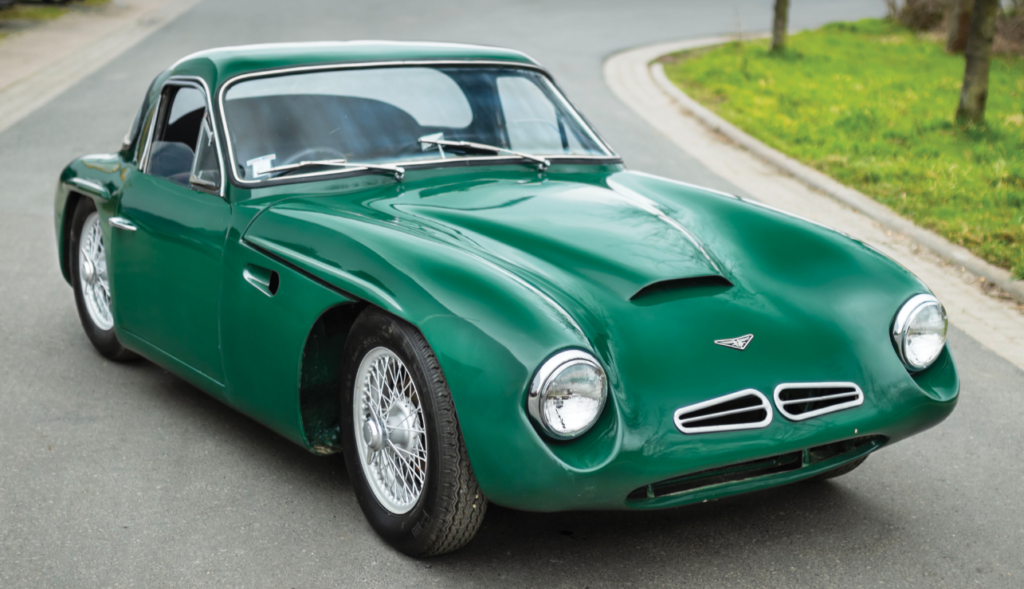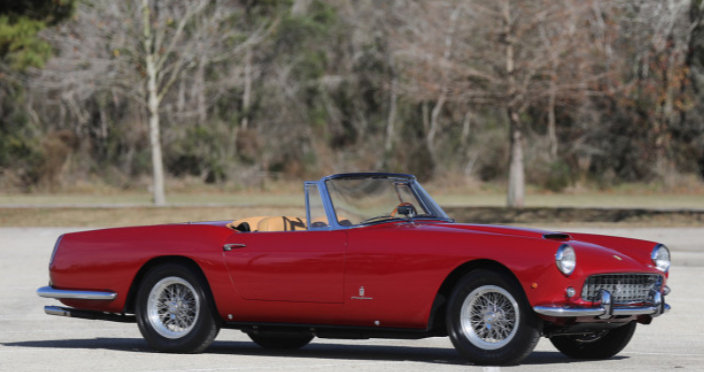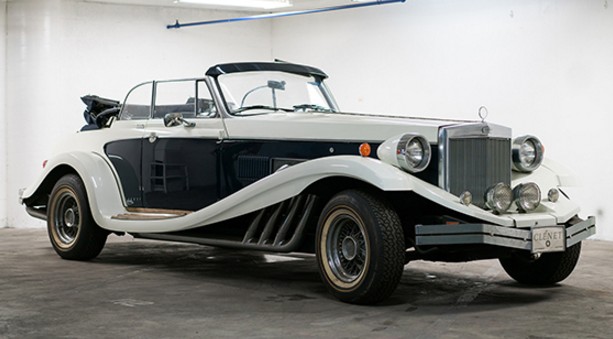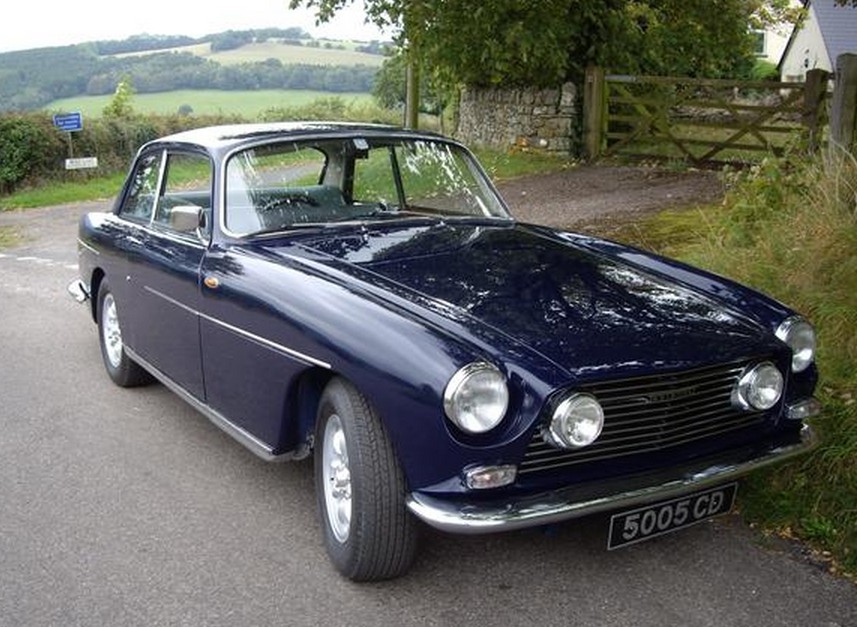2007 Shelby Series II Prototype
Offered by Mecum | Monterey, California | August 16-19, 2017
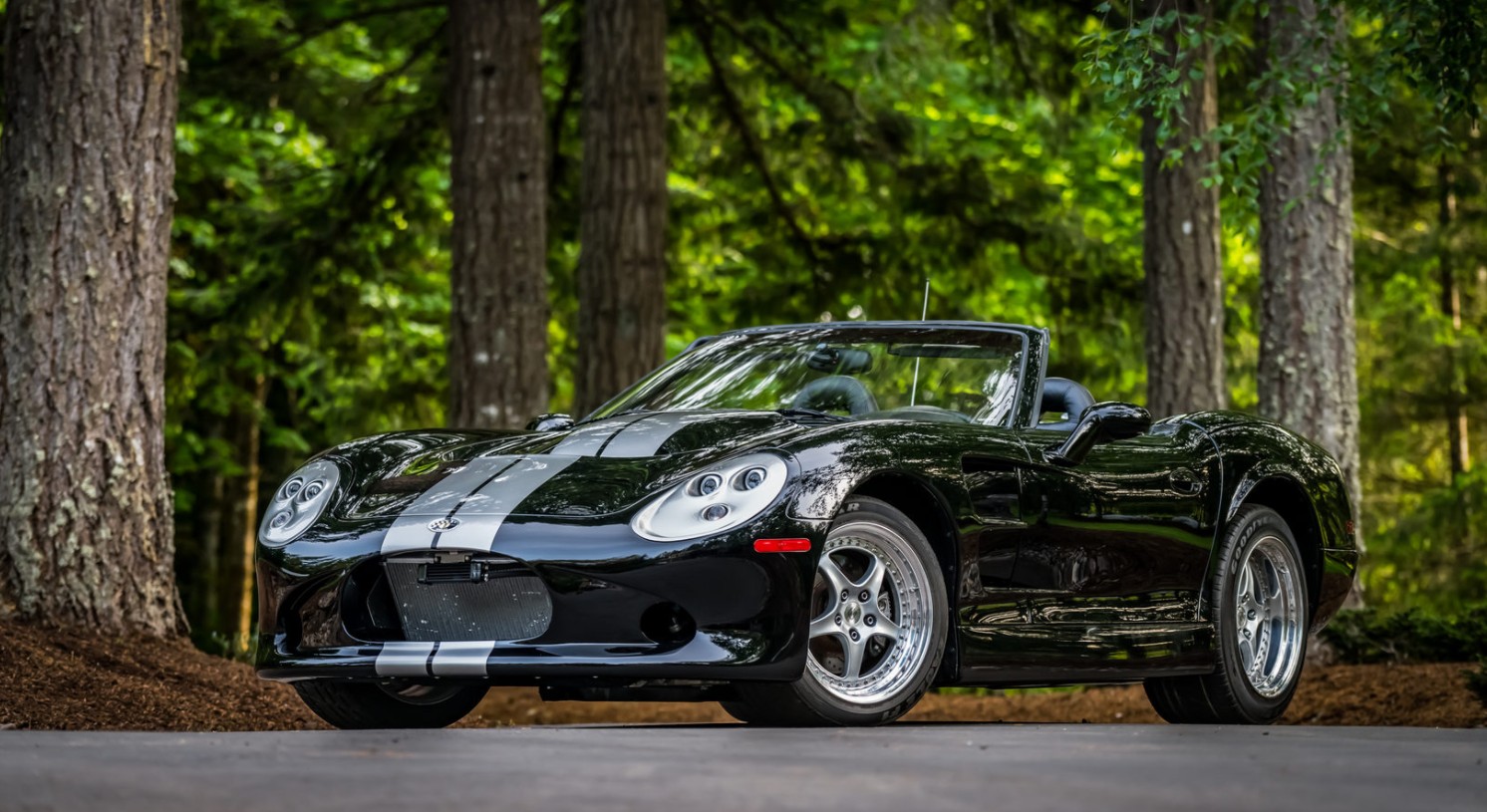
Photo – Mecum
Cars bearing Carroll Shelby’s name first appeared in 1962. It’s been more a less a steady stream of different cars since, from his long association with Ford, to his brief stint with Chrysler in the 80s. The thing almost all Shelby cars have in common is that they are hopped up versions of already existing vehicles, from the AC Ace to the Ford Mustang to the Dodge Omni.
But in 1998 Shelby American introduced a car called the Series 1. It was a clean-sheet design and the company built 249 of them in 1999, all fully road legal and ready to go. While the cars were being built, however, Shelby American was acquired by another company (they got everything, including the Series 1, except for the Cobra “continuation” business). When that company went bankrupt on an unrelated matter, Carroll Shelby bought the Series 1 rights back. He built a handful of additional Series 1 cars in 2005.
In 2006, Shelby found some new backers who wanted to put the Series 1 back into production. The car was slightly restyled and rechristened the Series II. Three Series II Prototypes were built, with this being the only one in black (they were largely based on some of the leftover Series 1 cars that Shelby built, as this car was actually constructed in 2005). It is powered by a supercharged 4.0-liter Oldsmobile Aurora V-8 making 550 horsepower. If it sounds weird that you’d built a raw American sports car powered by an engine from an Oldsmobile sedan, remember they used that V-8 in IndyCar, too. $225,000 was to be the going rate, but some federal emissions laws changed and the project was cancelled.
This pristine example has only 22 miles on it. Shelby cars are still super collectible, so if you want one of the newest – and rarest – look no further. Click here for more info and here for more from Mecum in Monterey.
S/N # CSX5505
Update: Not sold, high bid of $400,000.


